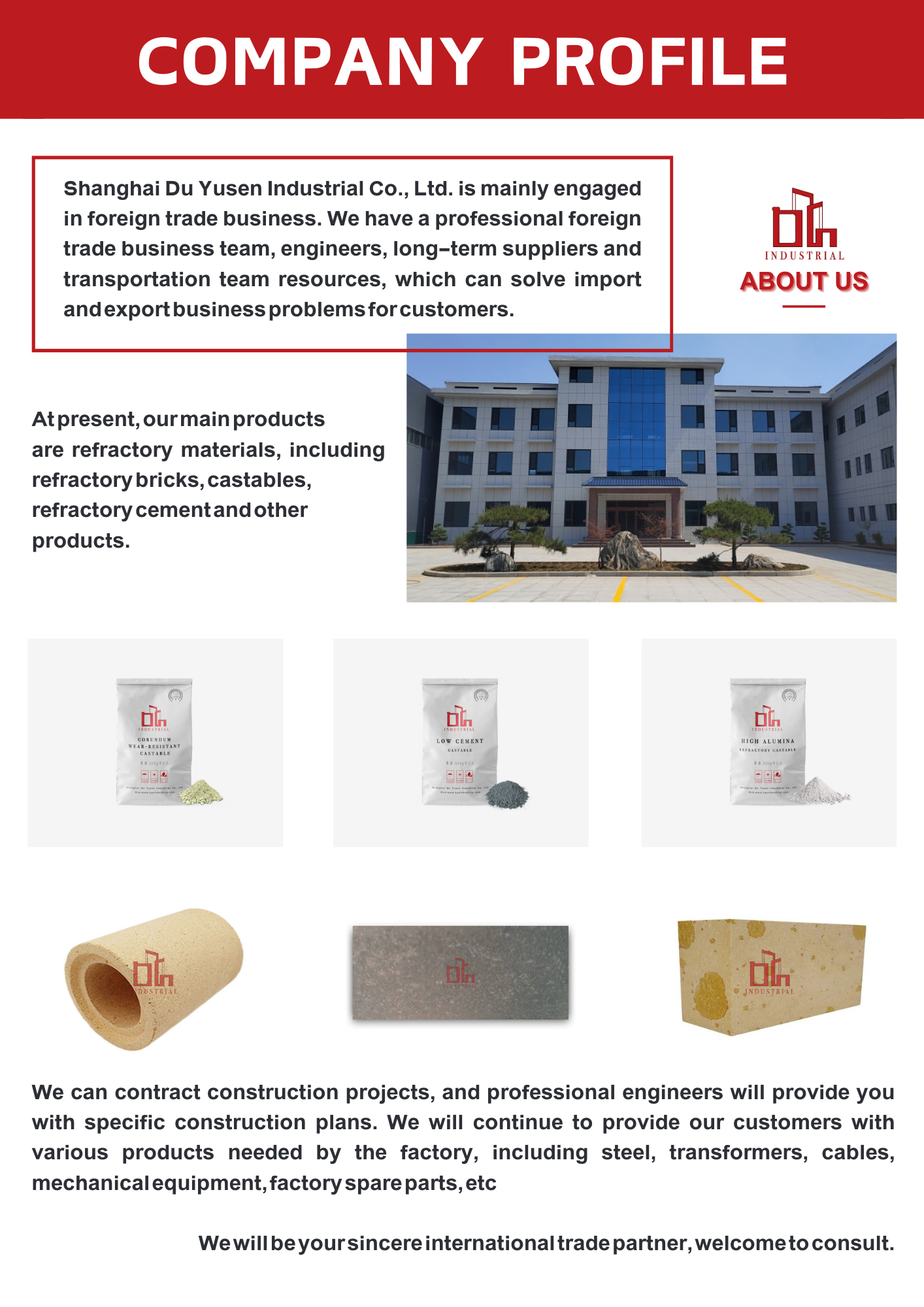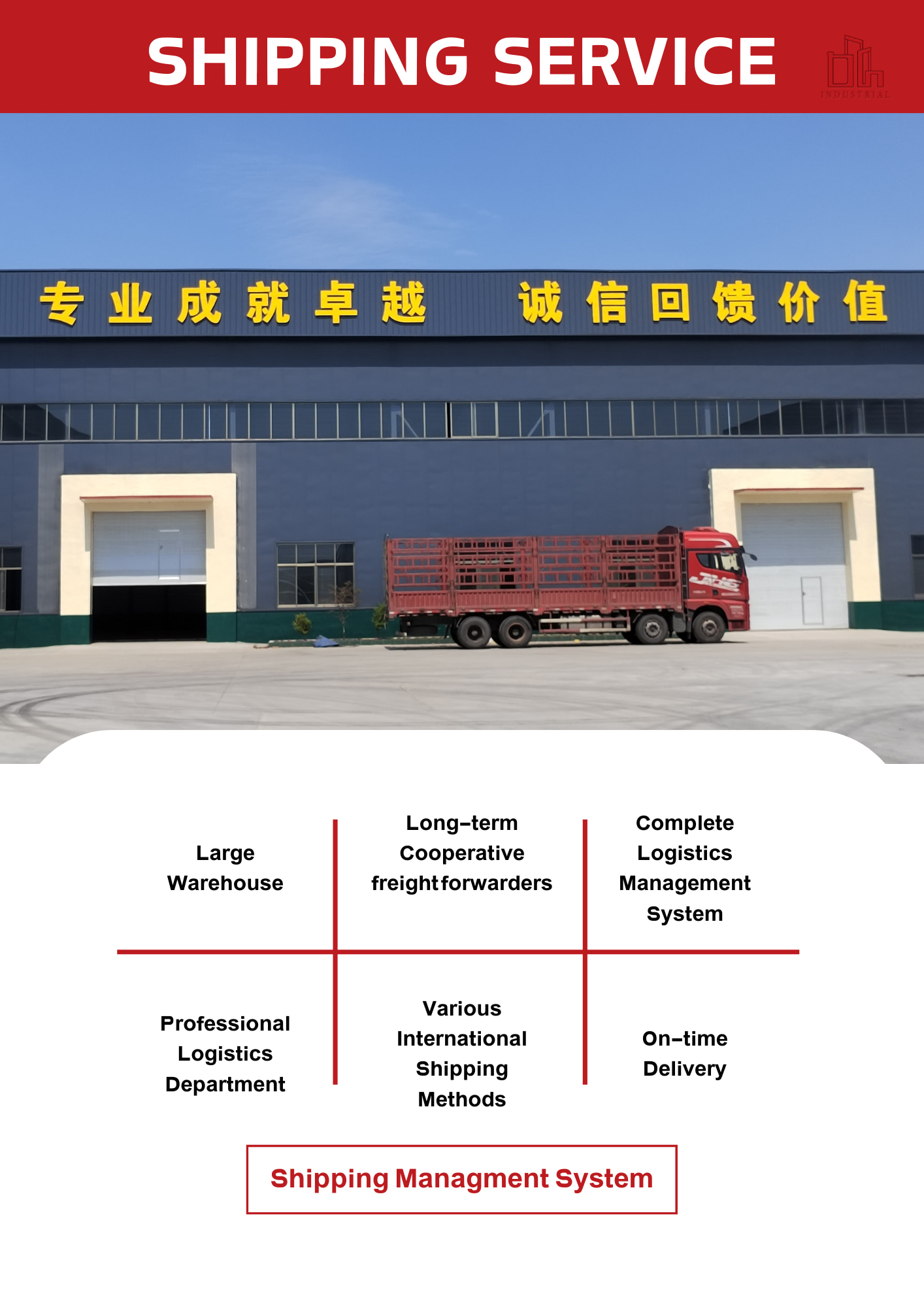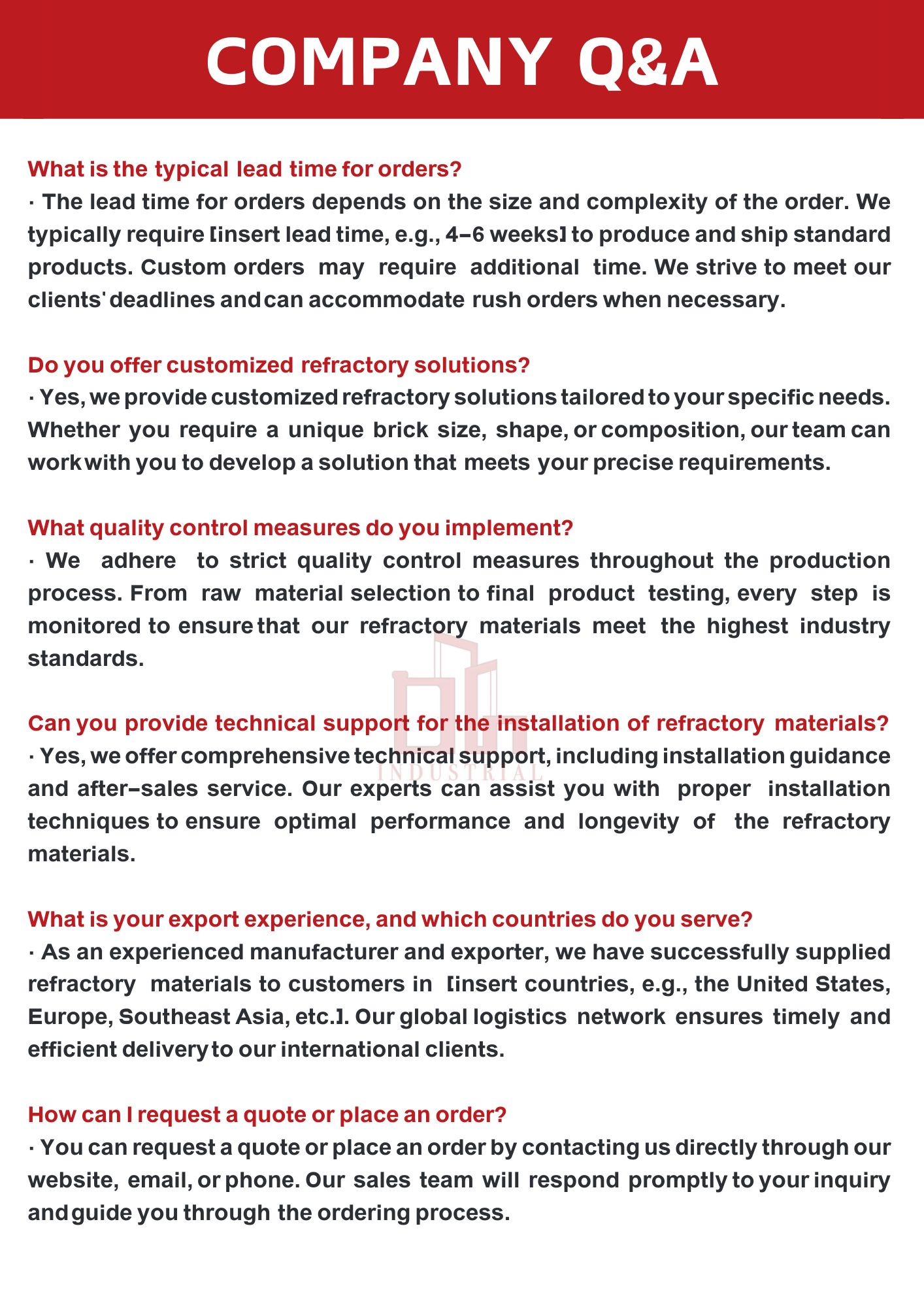Alumina powder refers to a finely ground form of aluminum oxide (Al2O3). It is produced by various methods, including the calcination of aluminum hydroxide or the high-temperature processing of bauxite ore, which is the primary source of aluminum.
Payment :
In AdvanceProduct Origin :
ChinaShipping Port :
Shanghai PortLead Time :
15 Working daysProduct parameters:
| α-Alumina Micropowder | DMAP1024 | DMAP1024A | DMAP1025 | DMAP-1025A | DMAP-1026 | DMAP-1026A |
| Guarantee | typical | Guarantee | Typical | Guarantee | Typical | |
| Al2O3, % | ≥99.5 | 99.52 | 99.5 | 99.6 | >99.5 | 99.53 |
| K2O+Na2O, % | ≤0.20 | 0.13 | <0.20 | 0.14 | ≤0.25 | 0.15 |
| Fe2O3, % | ≤0.05 | 0.02 | ≤0.05 | 0.02 | ≤0.08 | 0.03 |
| SiO2, % | ≤0.15 | 0.08 | ≤0.15 | 0.08 | ≤0.15 | 0.09 |
| D50, μm | <2.0 | 1.7 | 2.0~3.0 | 2.4 | 3.0~5.0 | 3.5 |
| α-A12O3, % | ≥93 | 95 | >93 | 95 | >93 | 96 |
| True Density, g/cm3 | >3.93 | 3.96 | >3.93 | 3.96 | > 3.93 > | 3.96 |
Key characteristics:
High melting point: Alumina powder has a high melting point of approximately 2050 degrees Celsius (3722 degrees Fahrenheit). This makes it suitable for use in high-temperature processes and applications.
Hardness and abrasion resistance: Aluminum oxide is one of the hardest materials and ranks 9 on the Mohs scale of mineral hardness. Alumina powder's hardness and abrasion resistance make it valuable as an abrasive material in grinding, polishing, and surface treatment applications.
Electrical insulation: Alumina powder is an electrically insulating material. It is commonly used in electrical and electronic applications, including insulators, substrates for electronic components, and high-voltage insulating materials.
Thermal conductivity: Alumina powder exhibits relatively high thermal conductivity compared to other ceramics. It is employed in applications that require efficient heat transfer or thermal management, such as heat sinks, crucibles, and refractory linings.
Chemical stability: Aluminum oxide has excellent chemical stability, making alumina powder resistant to corrosion by most acids, alkalis, and organic solvents. This property enables its use in chemical processing, catalyst supports, and as a component of refractory materials.
Ceramics and refractories: It serves as a crucial component in the production of ceramics, such as ceramic substrates, tiles, crucibles, and refractory bricks. Its high-temperature stability and mechanical strength make it ideal for these applications.
Metallurgy: Alumina powder is used in steelmaking as a deoxidizer and grain refiner. It can also be added to various metal alloys to improve their mechanical properties and wear resistance.
Electronics: The electrical insulation and thermal properties of alumina powder make it valuable in electronic applications such as circuit boards, electrical insulators, and substrates for electronic components.
Abrasives and polishing agents: Due to its hardness, alumina powder is commonly used as an abrasive material in grinding and polishing operations, including precision machining, polishing of glass and metal surfaces, and production of abrasive papers and compounds.
Catalyst supports: Alumina powder can act as a catalyst support in various chemical processes, providing a high surface area for catalyst deposition and improving reaction efficiency.
Alumina powder's versatility and desirable properties make it a valuable material in numerous applications, ranging from industrial uses to consumer products and advanced technologies.



Tags :